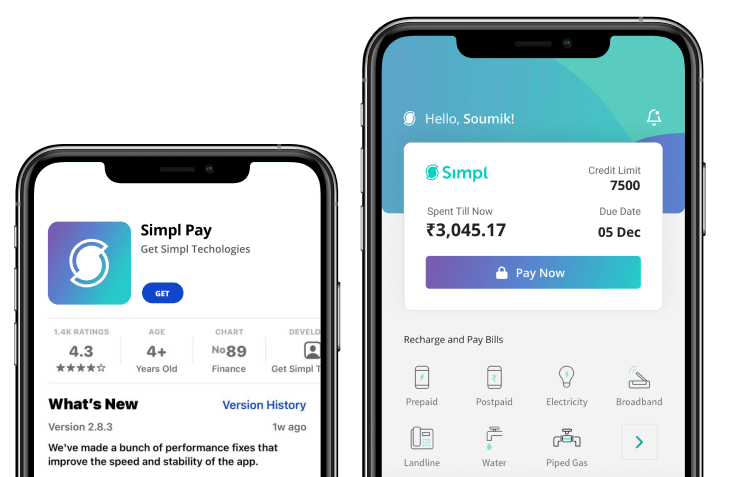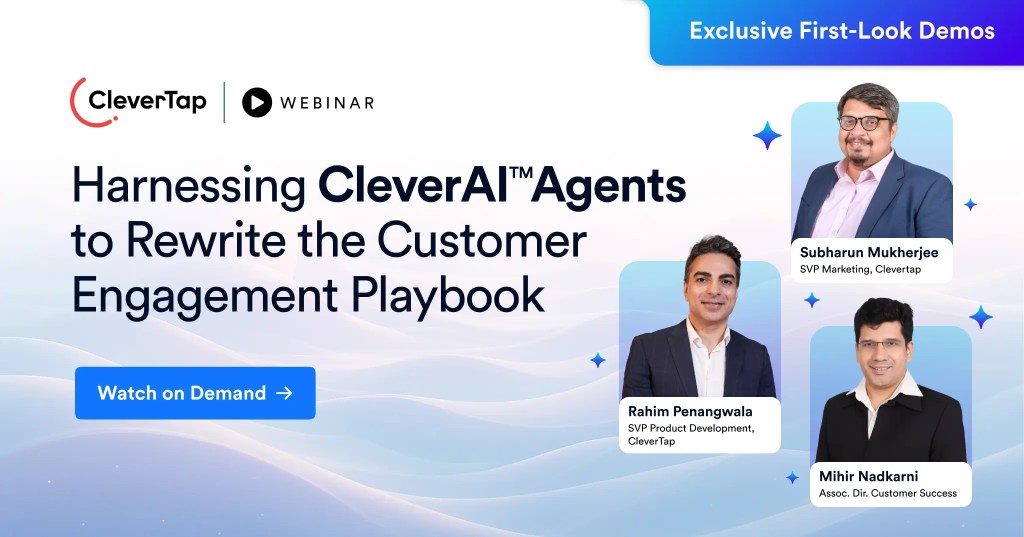As a digital marketer, you know that your users are more than merely a collection of data points. They’re multifaceted individuals, totally and 100% unique, just like you are! But of course, to effectively market to them and best serve their needs, you need to make sense of so much individuality.
So, you gather customers’ and prospects’ many different attributes as data points, noting demographic information (age, gender, location, etc.), established preferences, past behaviors, possible intentions, even sometimes information that you may have on the personal values that drive decision-making.
Then, to make effective use of this abundance of data, you need to parse it and make sense of it. And one of the most effective — and certainly the most common — ways to do this is segmentation. By dividing app users into distinct groups based on shared characteristics, you can tailor their messaging, offers, and experiences to each segment’s unique needs.
Delivering personalized experiences maximizes the impact of a brand’s marketing efforts and
is crucial for the success of the business. In this blog post, we’ll explore the power of customer segmentation and how it can help you target your app users for maximum impact.
Understanding Segmentation
Segmentation involves categorizing your app users into smaller groups based on specific criteria. These criteria can include demographic information, behavioral patterns (such as recency, frequency & monetization, known as RFM analysis), or preferences, such as interests or engagement with specific features, known as psychographic segmentation. By understanding the different segments within your user base, you can create targeted marketing campaigns that resonate with each group.
For example, CleverTap customer Simpl used advanced segmentation and campaigns to engage users across the lifecycle. Once the user interacts with the Simpl app — either by downloading the app or making the first transaction — the user is added to an onboarding journey. This journey is initially geared towards educating the users about their product offering and influencing good behavior like timely repayment. The user is migrated into the next journey only when the goal of the previous journey is achieved.
Simpl uses a combination of user actions, inactions, and user properties to segment its user base. Additionally, they use RFM analysis to segment users based on their recency, frequency, and payment volume. The insights from RFM help them fine-tune their customer engagement strategy across the lifecycle.
Read the rest of the story, including how they automated their engagement efforts here.

Simpl app
You Might Like to Read: What is Marketing Segmentation? Definition, Types & Examples
Tailoring Your Messages
Once you have identified user segments, tailor your messaging to speak directly to their needs and interests. Each segment may have different pain points or goals when using your app. By crafting messaging that addresses these specific aspects, you’ll capture their attention and drive engagement. You increase the chances of app users taking desired actions when you offer personalized messaging such as custom discounts or content relevant to their interests.
Delivering Relevant Offers
In addition to targeted messaging, segmentation allows you to deliver targeted offers and promotions that are more relevant to each user group. For example, if you have a segment of users who frequently make in-app purchases, then provide them with exclusive discounts or rewards to incentivize repeat purchases. On the other hand, for users who have shown interest but haven’t made a purchase, you might offer a special introductory offer to encourage conversion. If you understand the unique needs of each segment, you target your offers to maximize their impact.
Reducing User Churn
Segmentation is also a powerful tool for reducing user churn. If you can identify segments of users who are at risk of churning and understand their specific pain points, you’re able to implement targeted retention strategies. If you notice that a segment of users is becoming less active, sending personalized re-engagement campaigns should help reignite their interest and hopefully encourage them to continue using your app, thus reducing churn rates.
Optimizing User Acquisition
Segmentation not only benefits existing users but also plays a crucial role in user acquisition. The better you’re able to understand the characteristics and behaviors of your most valuable segments, the better you can identify similar audiences to target in your acquisition campaigns. For example, if you have a segment of users who frequently make high-value purchases, create lookalike audiences and target them with advertising campaigns.
Focus your acquisition efforts on segments that are likely to have high lifetime value. This lets you optimize your marketing budget and attract users who are more likely to convert and become loyal customers.
Utilizing A/B Testing
Segmentation pairs well with A/B testing to optimize your marketing strategies. By creating multiple variations of your messaging or offers and testing them across different user segments, you can gather valuable insights. When you continually experiment, you’ll understand the effectiveness of different approaches. This lets you refine your strategies based on proven user behavior and preferences.
Monitoring and Analyzing Results
Of course, to ensure the success of your segmentation efforts, it’s crucial to monitor and analyze the results. Use analytics tools to track key metrics such as user engagement, conversion rates, and retention rates across different segments. Identify patterns and trends within each segment to gain a deeper understanding of their behavior and preferences.
By regularly analyzing the data, you can uncover valuable insights that inform future segmentation strategies and drive continuous improvement.
Explore More: What is Behavioral Segmentation in Marketing? Explained With Examples & Strategies!
Understanding Users, Catering to Their Needs
The power of segmentation lies in its ability to understand your app users and cater to their unique needs. By leveraging segmentation strategies effectively, you can unlock the full potential of your app marketing efforts and drive meaningful engagement and loyalty among your user base.
To learn more about segmentation, download our Pocket Guide to User Segmentation below.

The User Segmentation Pocket Guide
Subharun Mukherjee 
Heads Cross-Functional Marketing.Expert in SaaS Product Marketing, CX & GTM strategies.
Free Customer Engagement Guides
Join our newsletter for actionable tips and proven strategies to grow your business and engage your customers.















































